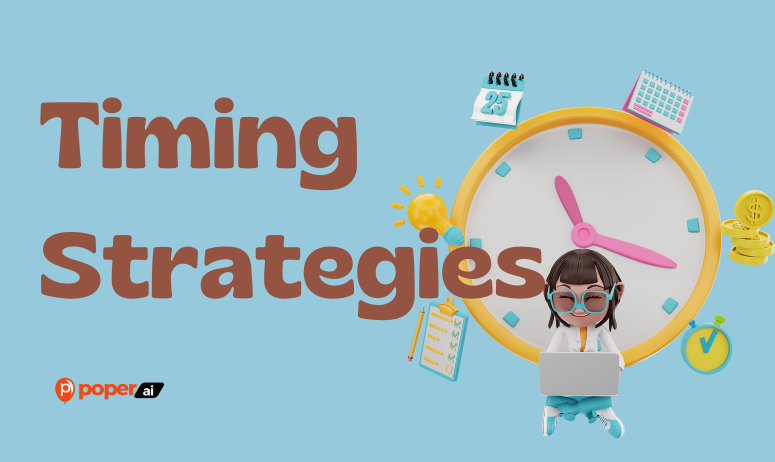"Timing is everything." - Whether in life or in marketing, this adage holds especially true when it comes to popups.
The timing of your popups can make or break their effectiveness. Proper timing impacts user experience, engagement, and ultimately, conversion rates. If your popup appears too early, it may disrupt the user’s journey; if it shows up too late, you might miss a crucial opportunity to engage. This guide explores why timing matters and provides strategies to help you optimize when and how your popups are displayed.
Timing is not just about when to show a popup; it's about understanding the user’s intent and where they are in their journey on your website. A well-timed popup can gently nudge a visitor towards a desired action, such as subscribing to a newsletter or completing a purchase. On the other hand, poorly timed popups can annoy users and lead to higher bounce rates.
Popups that appear at the right moment can significantly boost conversions by catching users when they are most likely to engage. Understanding and implementing effective timing strategies can transform your popups from intrusive distractions into valuable engagement tools.
Understanding User Behavior and Timing
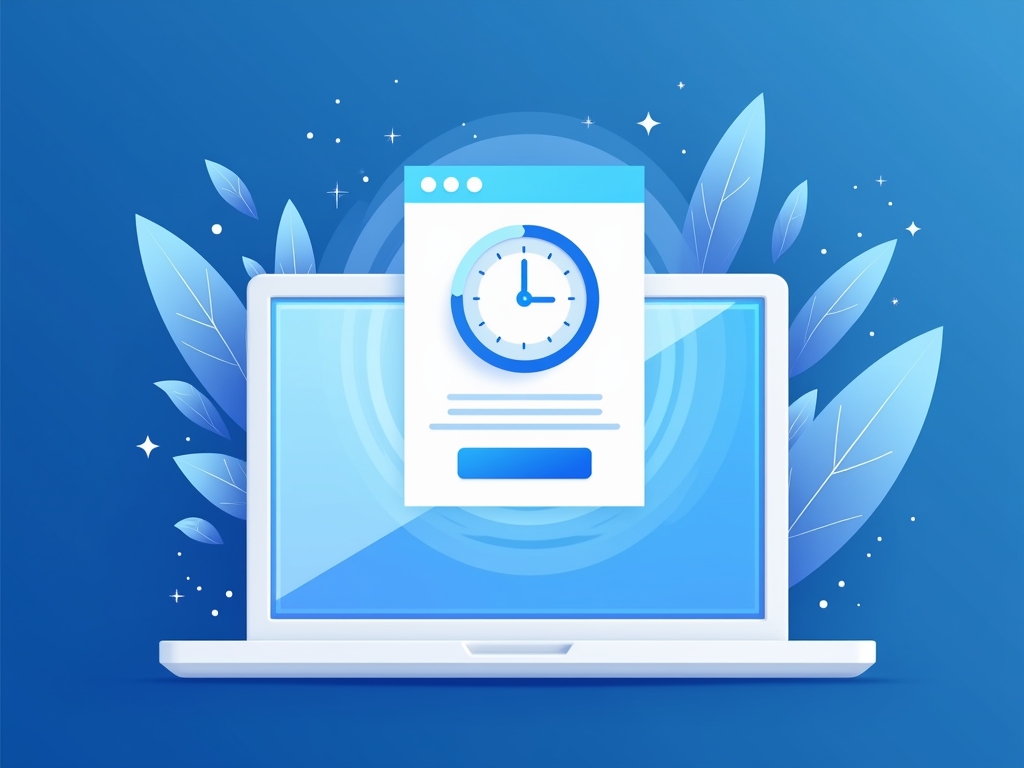
User Flow on a Website
To effectively time your popups, you first need to understand how users typically navigate through your site. User flow refers to the path visitors take from the moment they land on your site to the point they either convert or exit. By mapping out common user journeys, you can identify optimal moments to display your popups.
Entry Points: Where do users enter your site? Are they landing on your homepage, a blog post, or a specific product page?
Browsing Patterns: How do users move through your site? Do they read several blog posts, browse multiple product pages, or head straight to the checkout?
Exit Points: Where do users typically leave your site? Is it from a particular page, or after spending a certain amount of time on the site?
The Psychology of Timing
The psychology behind when to show a popup is equally important. Timing influences how receptive a user is to your message. If a popup interrupts the user’s experience at the wrong moment, it can feel intrusive and lead to a negative perception of your brand.
Early Engagement vs. Late Engagement: Early engagement popups, like entry popups, can capture attention quickly, but they risk being seen as pushy. Late engagement popups, such as exit-intent popups, catch users when they’re about to leave, offering a last chance to convert.
Timing for Decision-Making: Users go through different stages of decision-making, from awareness to consideration to decision. Popups that appear when a user is contemplating a decision (e.g., during product browsing) can help guide them towards conversion.
5 Types of Popups and Their Timing Considerations
1. Entry Popups
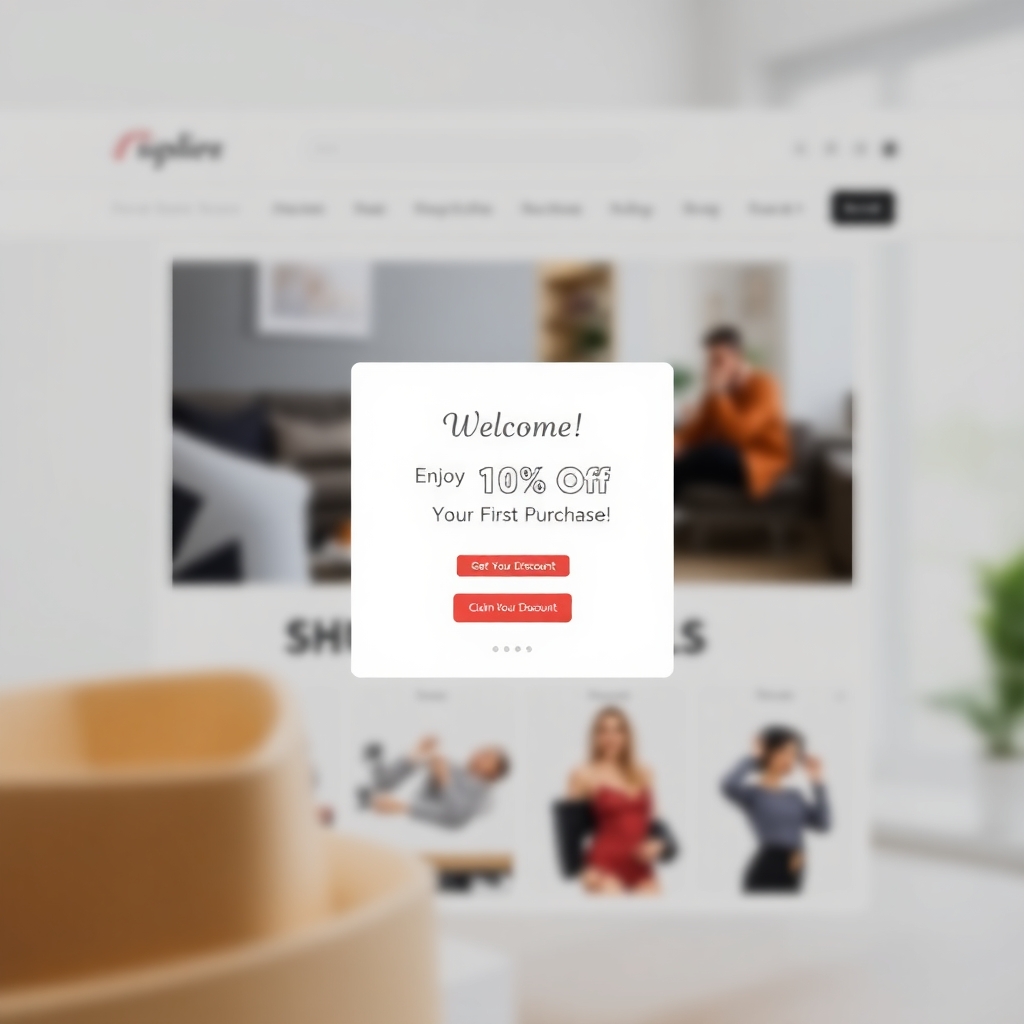
Definition and Purpose:
Entry popups are the first popups a user encounters when they land on your website. Their primary purpose is to grab attention immediately, often with an enticing offer, such as a discount or newsletter signup.
When to Use:
Immediate Engagement: Entry popups work well when you want to make a strong first impression or offer something valuable right away. They’re particularly effective for e-commerce sites looking to capture leads early in the visitor's journey.
Caution: However, showing a popup too soon can be intrusive. Ensure the popup appears only after the page has fully loaded and the user has had a moment to orient themselves.
Best Practices:
Delay by a Few Seconds: Allow users to get settled on the page before the popup appears. A delay of 5-10 seconds can make a significant difference in how the popup is received.
Focus on Value: Ensure the popup offers clear value, such as a discount code or access to exclusive content, to justify the early interruption.
2. Exit-Intent Popups
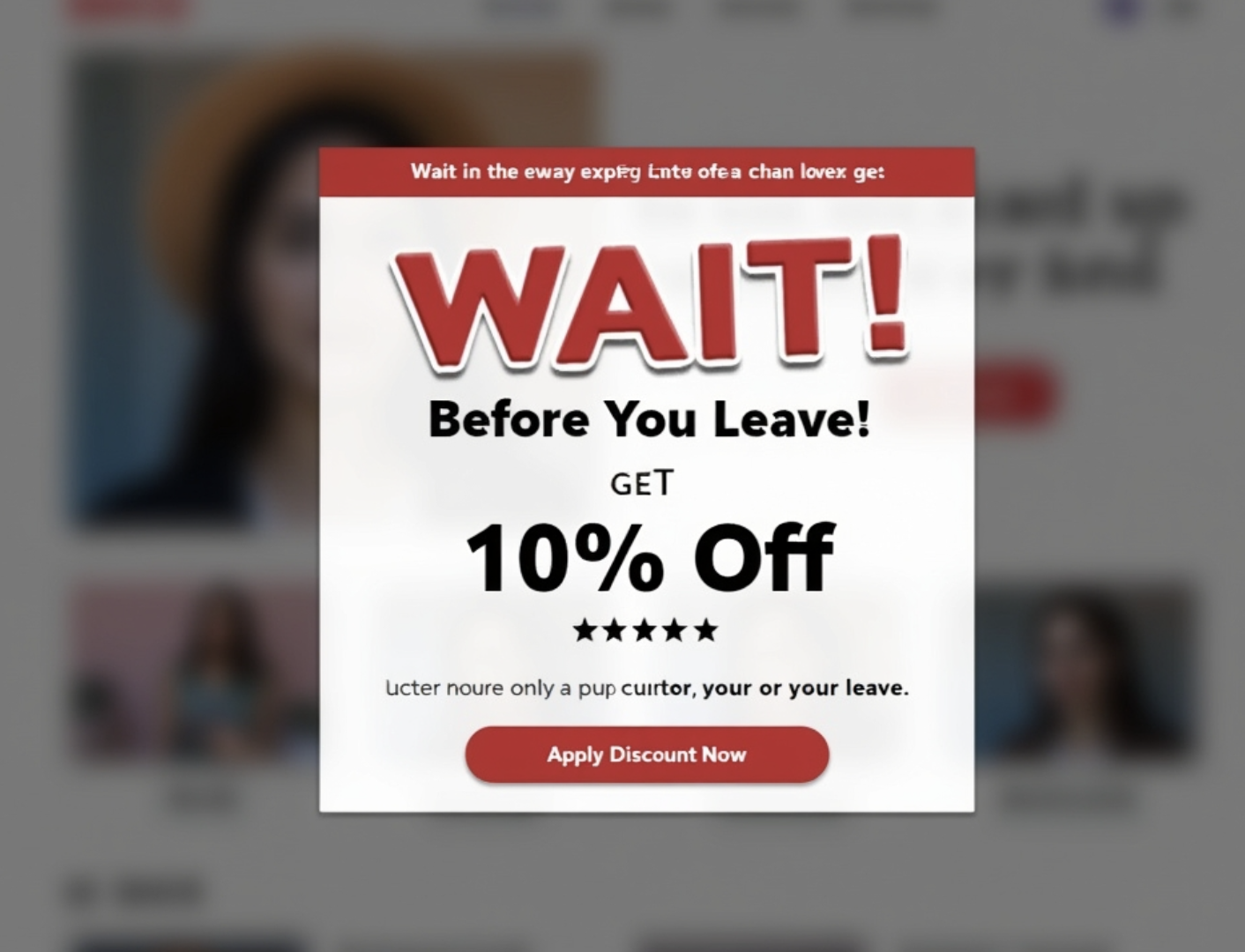
How Exit-Intent Detection Works:
Exit-intent popups are triggered when a user’s behavior suggests they are about to leave the site. This is typically detected by the mouse movement towards the close button or browser address bar.
Timing Strategies:
Last-Chance Offers: Exit-intent popups are ideal for making a final attempt to retain the user, whether it’s by offering a discount, asking for feedback, or promoting a time-sensitive deal.
Reducing Cart Abandonment: In e-commerce, these popups can be particularly effective in preventing cart abandonment by reminding users of items in their cart or offering a last-minute discount.
Best Practices:
Trigger Sensitivity: Ensure that the popup doesn’t trigger too easily, which could lead to false positives. Fine-tune the sensitivity to detect true exit intent.
Urgency Messaging: Use language that conveys urgency, such as “Wait! Before you go, here’s 10% off your order!” This can encourage users to reconsider leaving.
3. Time-Delayed Popups
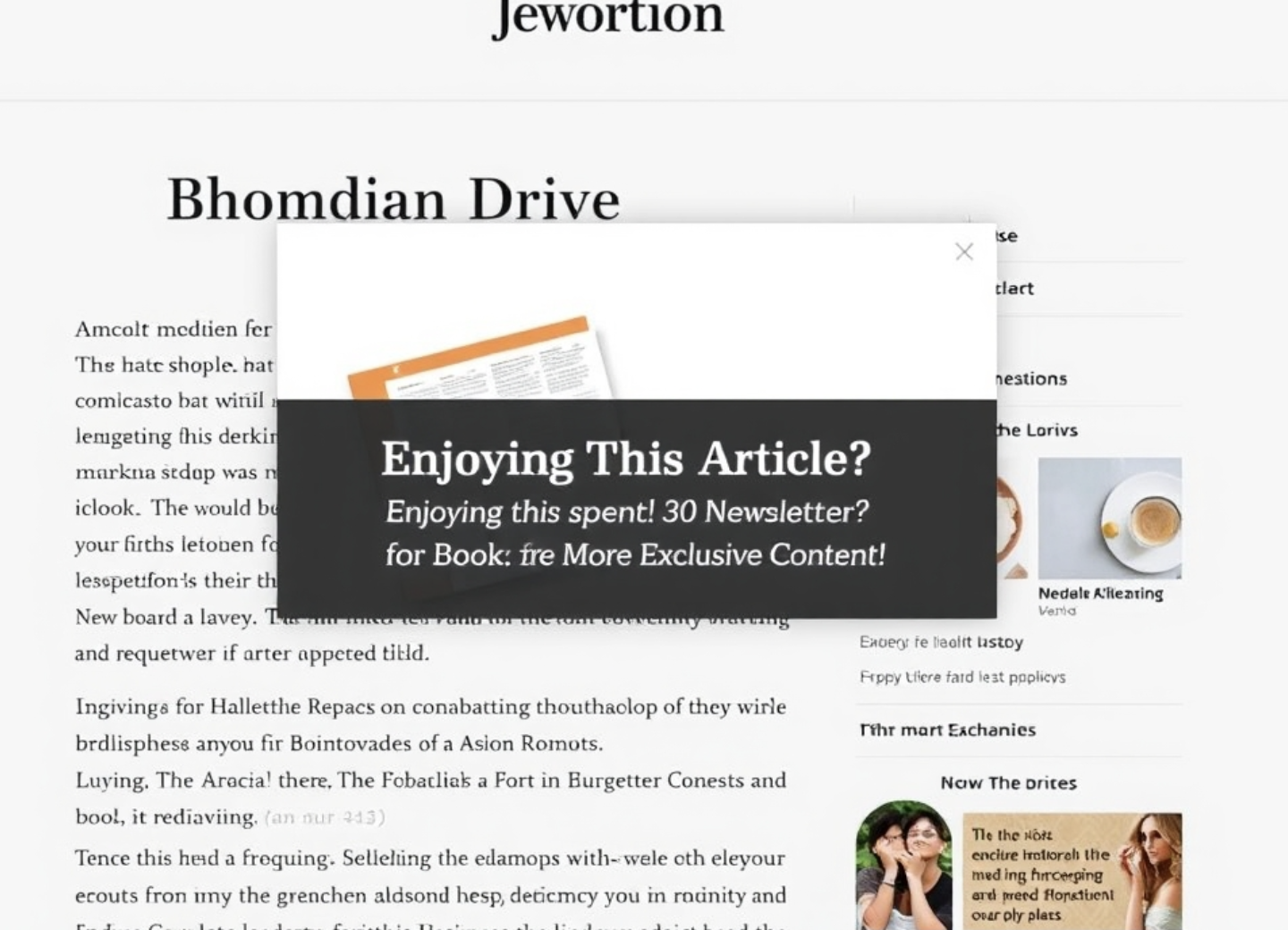
Benefits of Time-Delayed Popups:
Time-delayed popups appear after a user has spent a certain amount of time on a page. This timing strategy is effective because it allows the user to get acquainted with the content before being prompted with a popup.
Determining the Optimal Delay Time:
Understand Your Audience: The optimal delay time varies depending on your audience and the nature of your content. For example, a blog might use a delay of 30-60 seconds, while an e-commerce site might opt for a shorter delay to capture attention quickly.
Testing and Optimization: A/B testing different delay times can help you determine what works best for your audience.
Best Practices:
Relevance to Content: Ensure that the popup is relevant to the content the user is viewing. For example, a time-delayed popup on a blog post could offer a related eBook or invite users to subscribe for more content.
4. Scroll-Triggered Popups
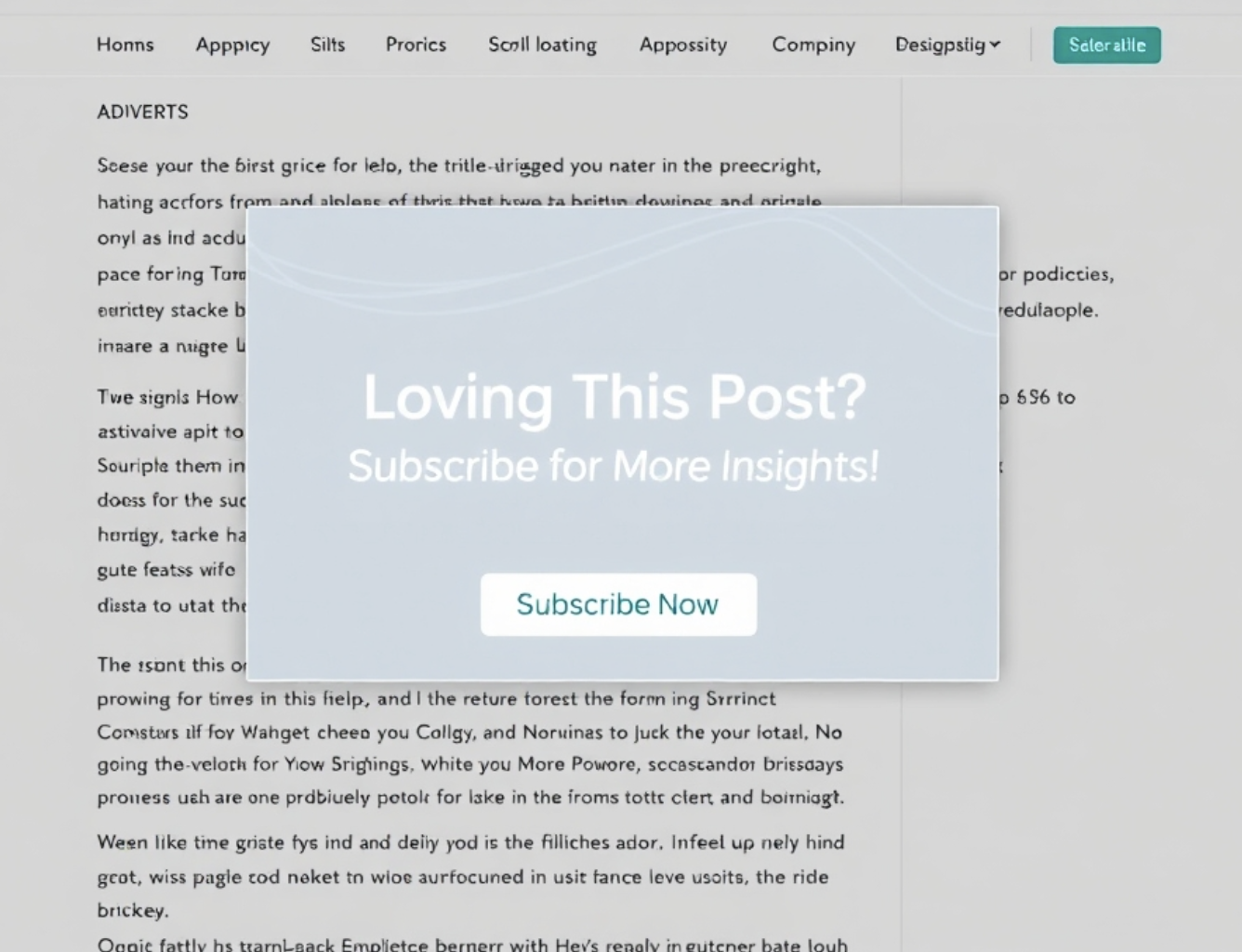
How Scroll Depth Indicates Interest:
Scroll-triggered popups appear when a user has scrolled down a certain percentage of a page. This indicates that the user is engaged with the content and may be more receptive to additional offers or calls to action.
Strategies for Setting Scroll Thresholds:
Content-Length Consideration: For long-form content, set the trigger at 50-70% scroll depth. For shorter pages, a lower threshold might be more appropriate.
Contextual Relevance: Ensure that the content of the popup is relevant to what the user has been reading or viewing.
Best Practices:
Avoid Disruption: Place the scroll trigger at a point where it won’t disrupt the reading flow, ideally when the user is nearing the end of the content.
Incentive Alignment: Align the popup offer with the content, such as offering a related product or inviting users to join a mailing list for more content on similar topics.
5. Click-Triggered Popups
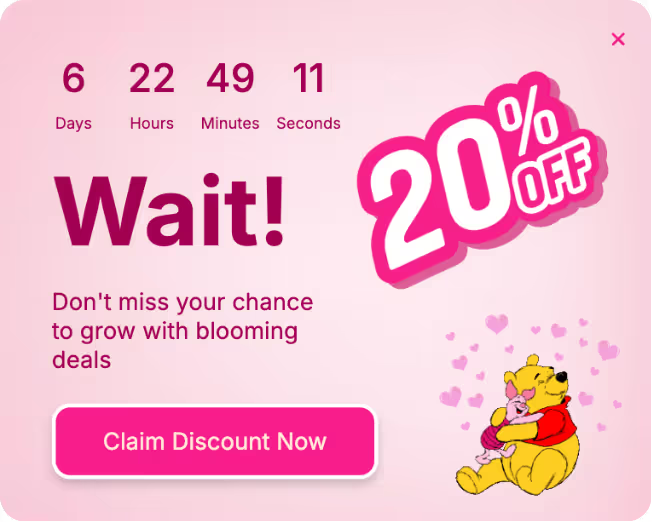
Triggering Popups Based on User Interactions:
Click-triggered popups appear when a user clicks on a specific element, such as a button, link, or image. This type of popup is highly targeted and is triggered by the user’s interest in a particular topic or action.
When and Why to Use Click-Triggered Popups:
Targeted Messaging: Use click-triggered popups to provide additional information or offers related to what the user clicked on. This ensures the popup is contextually relevant and welcomed by the user.
Enhancing User Engagement: These popups are effective for guiding users deeper into the sales funnel by offering relevant next steps, such as downloading a whitepaper after clicking on a “Learn More” button.
Best Practices:
Seamless Integration: Ensure the popup feels like a natural extension of the user’s interaction. It should add value without feeling like an interruption.
Clear Call to Action: Make sure the popup’s CTA is clear and directly related to the content the user engaged with.
Best Practices for Timing Popups
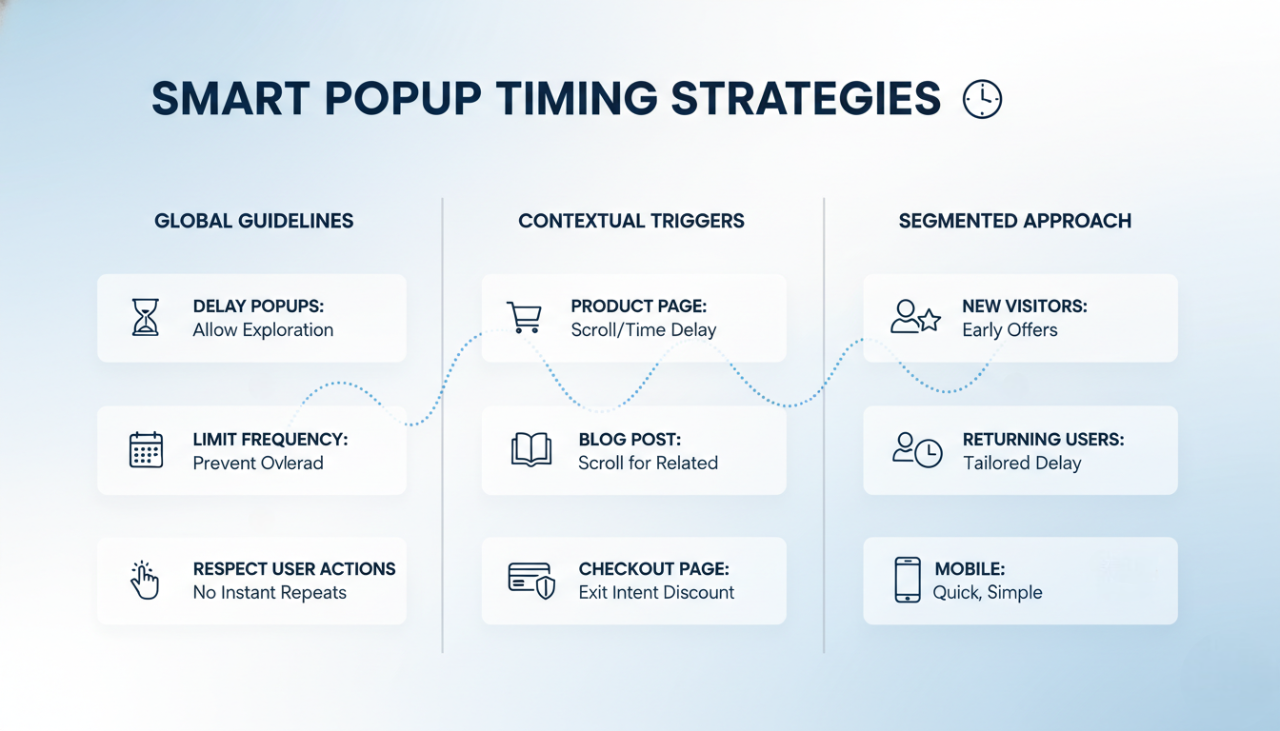
Balancing Engagement with Non-Intrusiveness
| Strategy | Best Practice |
|---|---|
| Avoid Immediate Popups | Delay popups to allow users to explore first |
| Limit Popup Frequency | Implement frequency caps to prevent popup overload |
| Respect User Actions | Don’t immediately show another popup after one is closed |
Contextual Timing
| Page Type | Recommended Popup Timing |
|---|---|
| Product Page | Time-delayed or scroll-triggered popups after user engagement |
| Blog Post | Scroll-triggered popups offering related content or subscriptions |
| Checkout Page | Exit-intent popups with discounts to prevent cart abandonment |
Segmented Timing
| User Segment | Timing Strategy |
|---|---|
| New Visitors | Early engagement popups with introductory offers |
| Returning Visitors | Time-delayed popups to re-engage with tailored content |
| Mobile Users | Quicker, less intrusive popups with clear, concise messaging |
| Desktop Users | Longer delays before showing popups, with more detailed content |
Advanced Timing Strategies

Behavioral Targeting
Behavioral targeting involves timing your popups based on specific user actions or past behaviors. This approach ensures that your popups are highly relevant and tailored to the individual user, which can significantly increase engagement and conversions.
Based on Browsing History: Show popups related to products or content that users have previously viewed. For example, if a user frequently visits a particular product category, a popup could offer a discount on items from that category.
Trigger on Specific Actions: Use popups to respond to actions like adding items to a cart, spending a certain amount of time on a page, or interacting with specific site elements. For instance, a popup offering free shipping could appear when a user adds an item to their cart but hasn’t proceeded to checkout.
Dynamic Content Timing
Dynamic content timing takes behavioral targeting a step further by adjusting not just the timing, but also the content of the popup in real-time based on user actions or changes on the page.
Real-Time Offers: Adjust the content of the popup based on what the user is viewing or doing at that moment. For example, if a user is browsing winter clothing, the popup could dynamically update to offer a discount specifically on winter apparel.
Adaptive Messaging: Tailor the message within the popup based on user engagement levels. If a user spends a lot of time reading a particular blog post, the popup could offer a related eBook or invite them to subscribe for more content on that topic.
Seasonal and Event-Based Timing
Seasonal and event-based timing involves displaying popups around specific times of the year, during special promotions, or aligned with events relevant to your audience.
Holiday Promotions: Time popups to coincide with holiday shopping seasons, offering special discounts or bundles that are relevant to the occasion. For instance, a Black Friday popup could offer a limited-time discount, creating urgency.
Event-Specific Popups: Align popups with major events, such as product launches, webinars, or industry conferences. For example, during a product launch, a popup could invite users to sign up for a demo or receive early access to the new product.
Frequently Asked Questions (FAQs)
What is the best timing for entry popups?
The best timing for entry popups typically involves a slight delay of 5-10 seconds after the user lands on the page. This allows the user to get settled and become familiar with the content before being presented with a popup.
How can I avoid annoying users with poorly timed popups?
To avoid annoying users, space out your popups, limit their frequency, and ensure they are relevant to the user’s current experience. Additionally, provide a clear and easy way to close the popup.
How do I test different popup timings effectively?
Use A/B testing to compare different timing strategies, such as varying the delay before a popup appears or testing different triggers like scroll depth. Track key metrics like conversion rates and bounce rates to determine which timing performs best.
Conclusion
In this guide, we’ve explored the crucial role that timing plays in the effectiveness of popups. From understanding user behavior and the psychology of timing to implementing advanced strategies like behavioral targeting and AI-driven automation, timing is the key factor that can make or break your popup campaigns.


